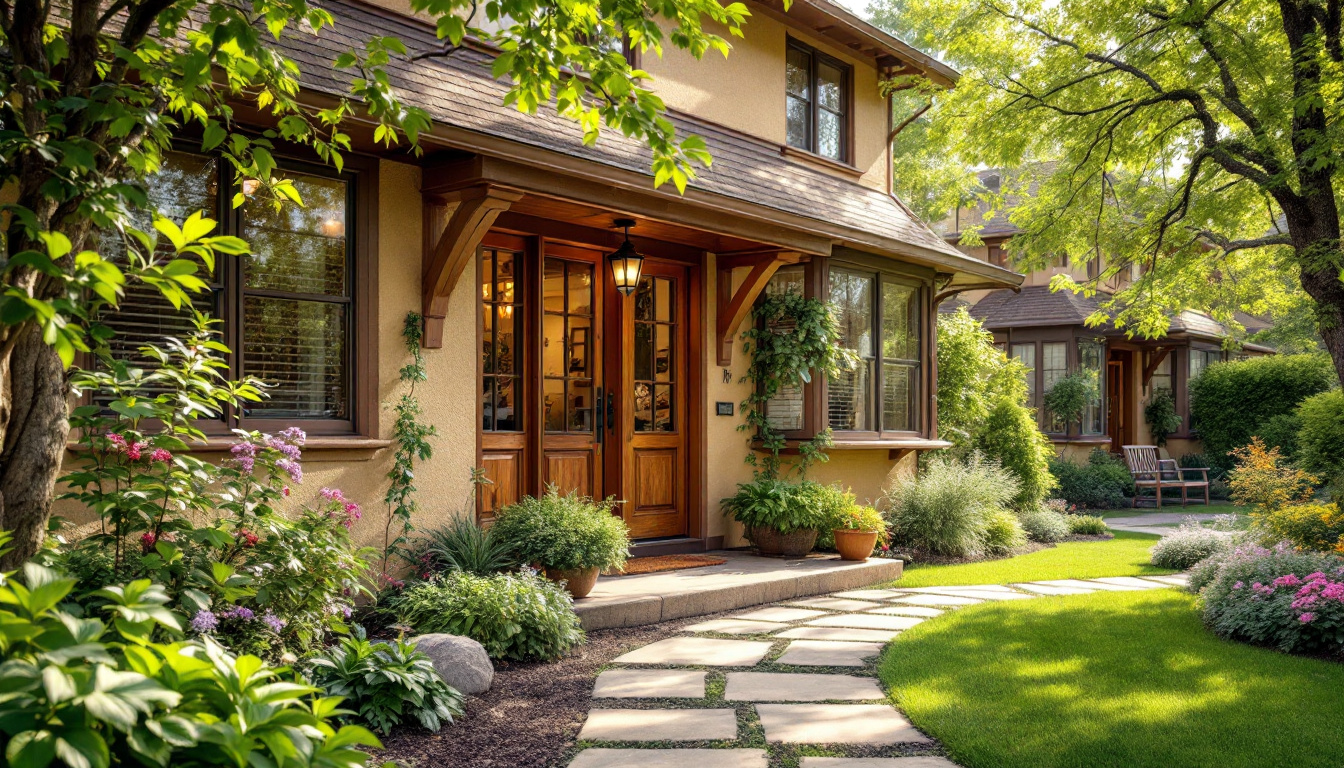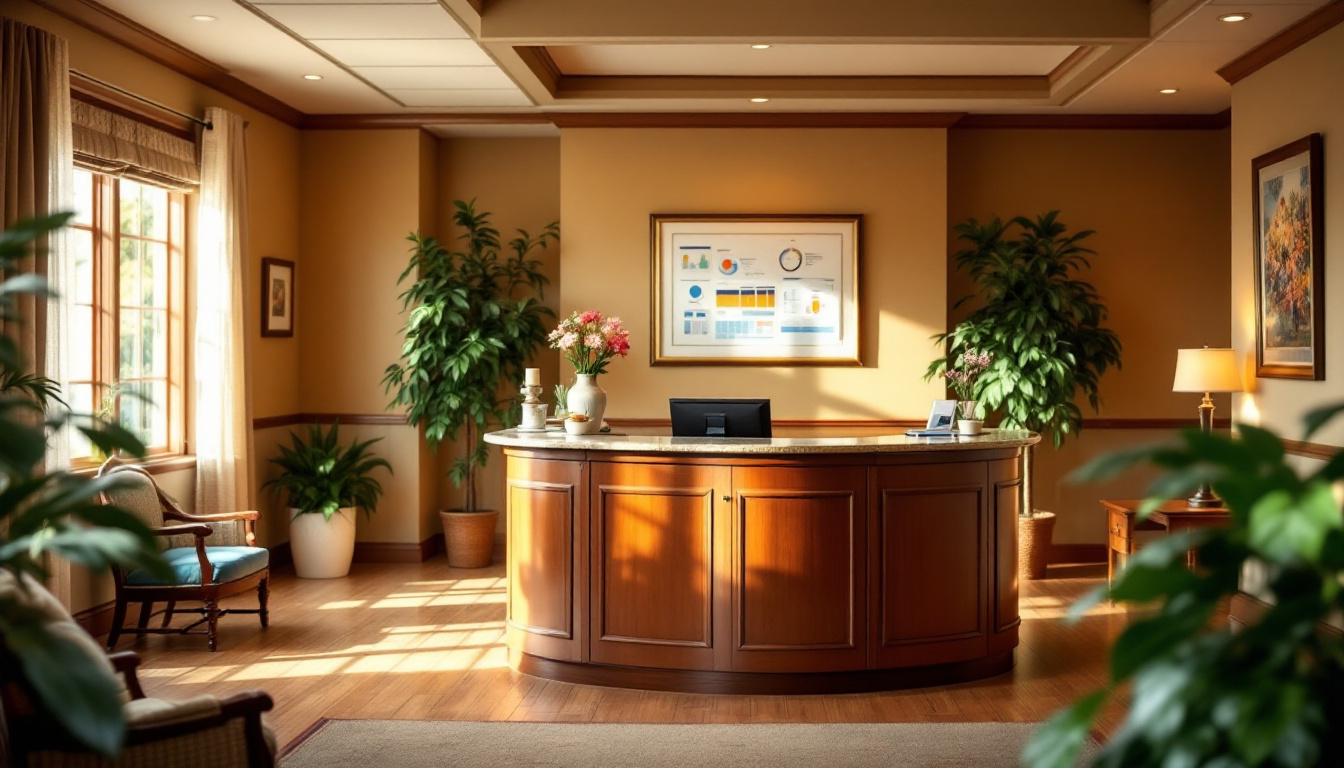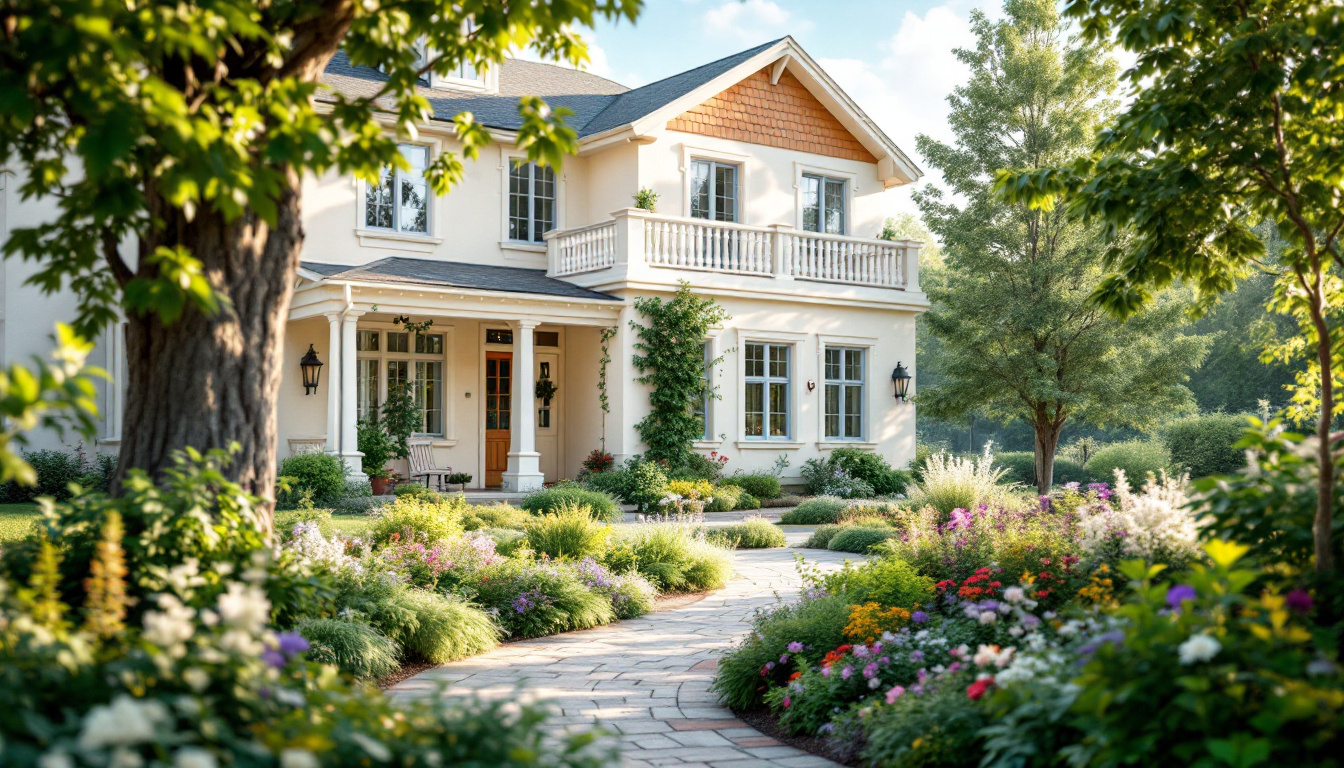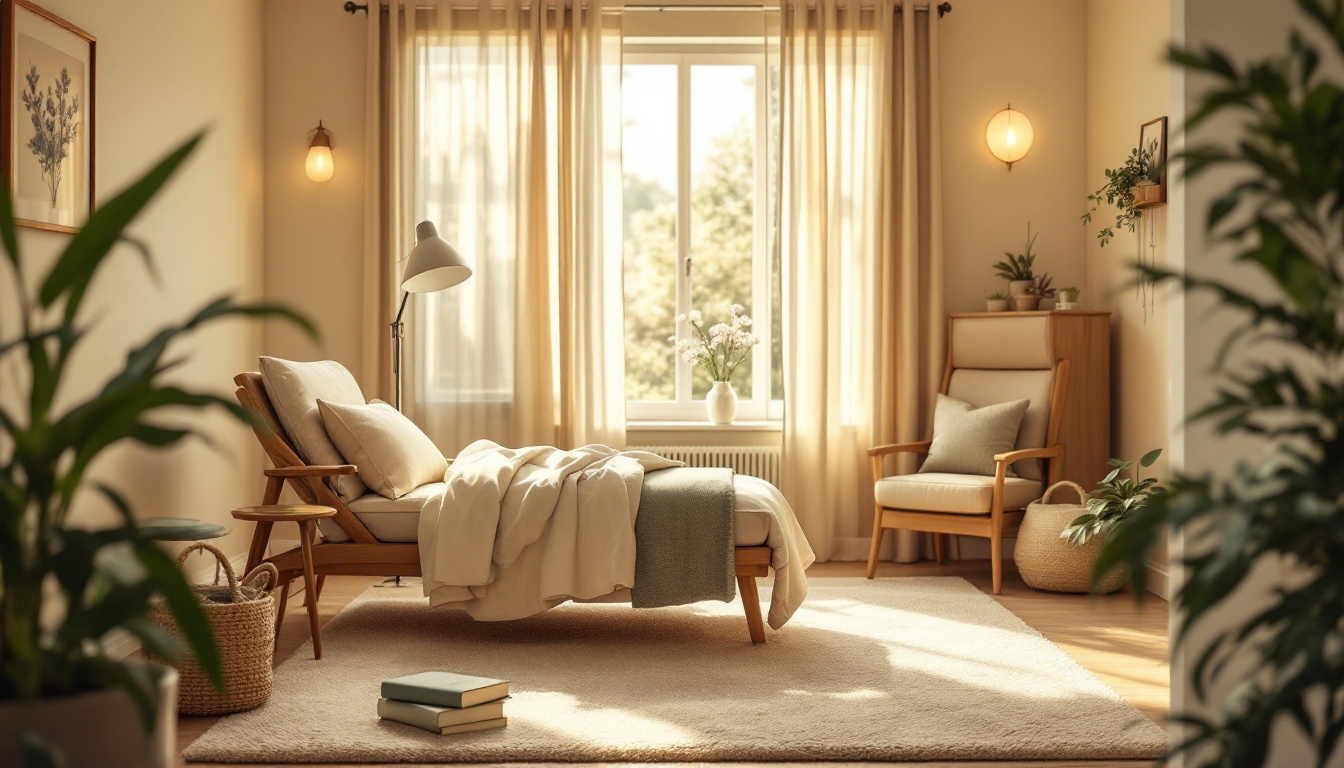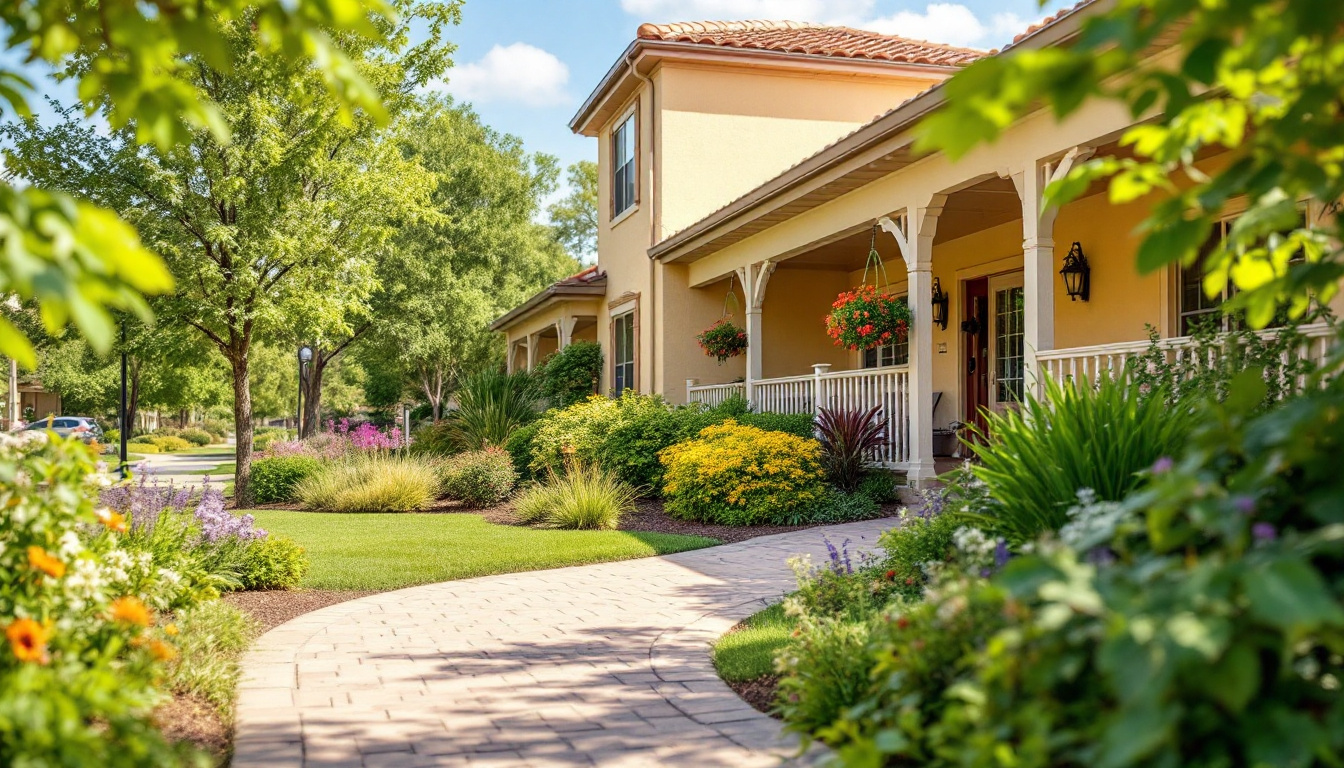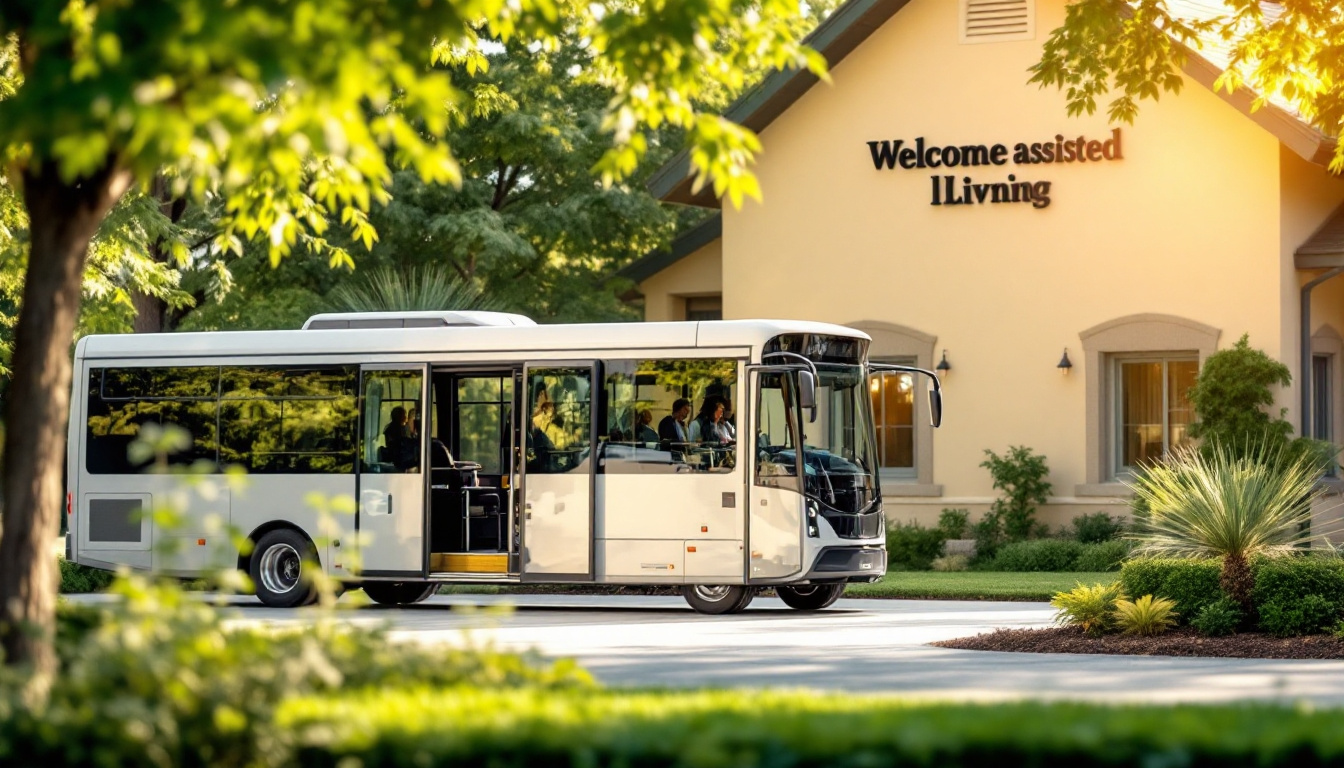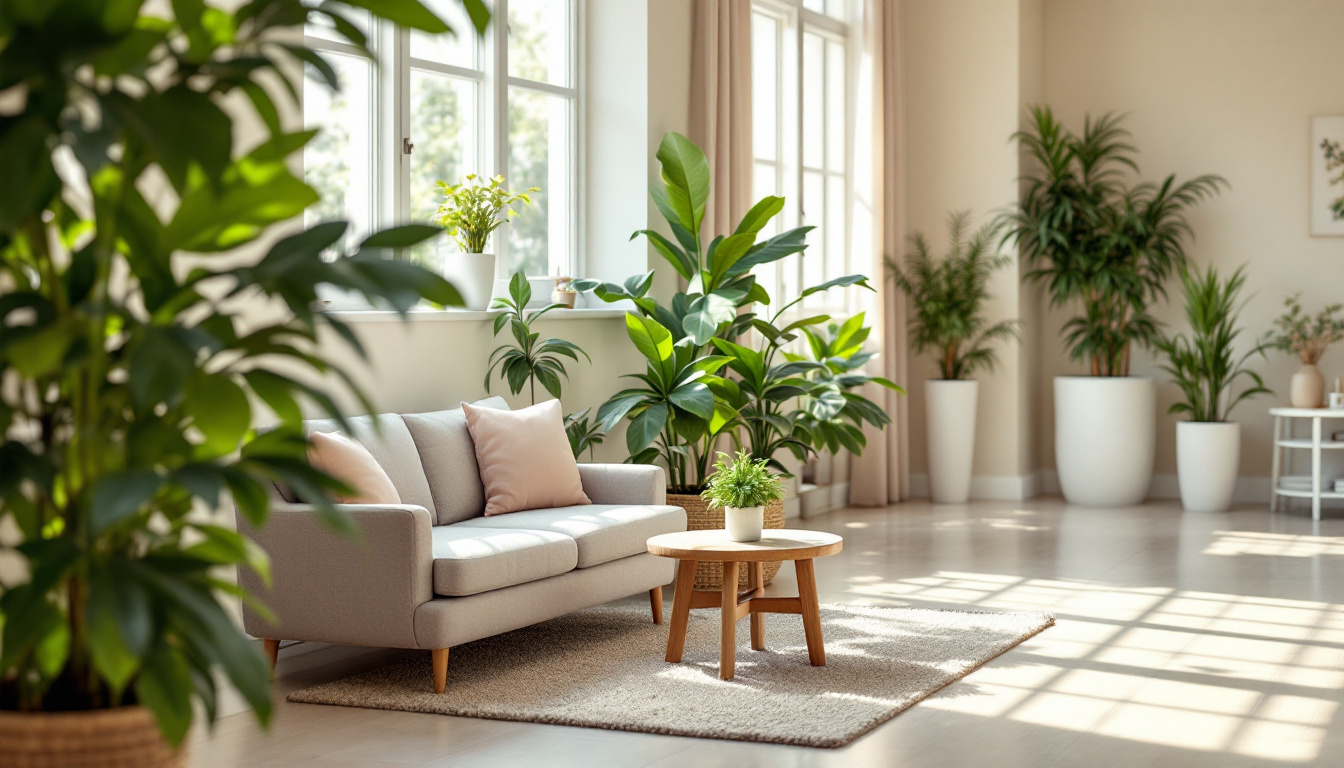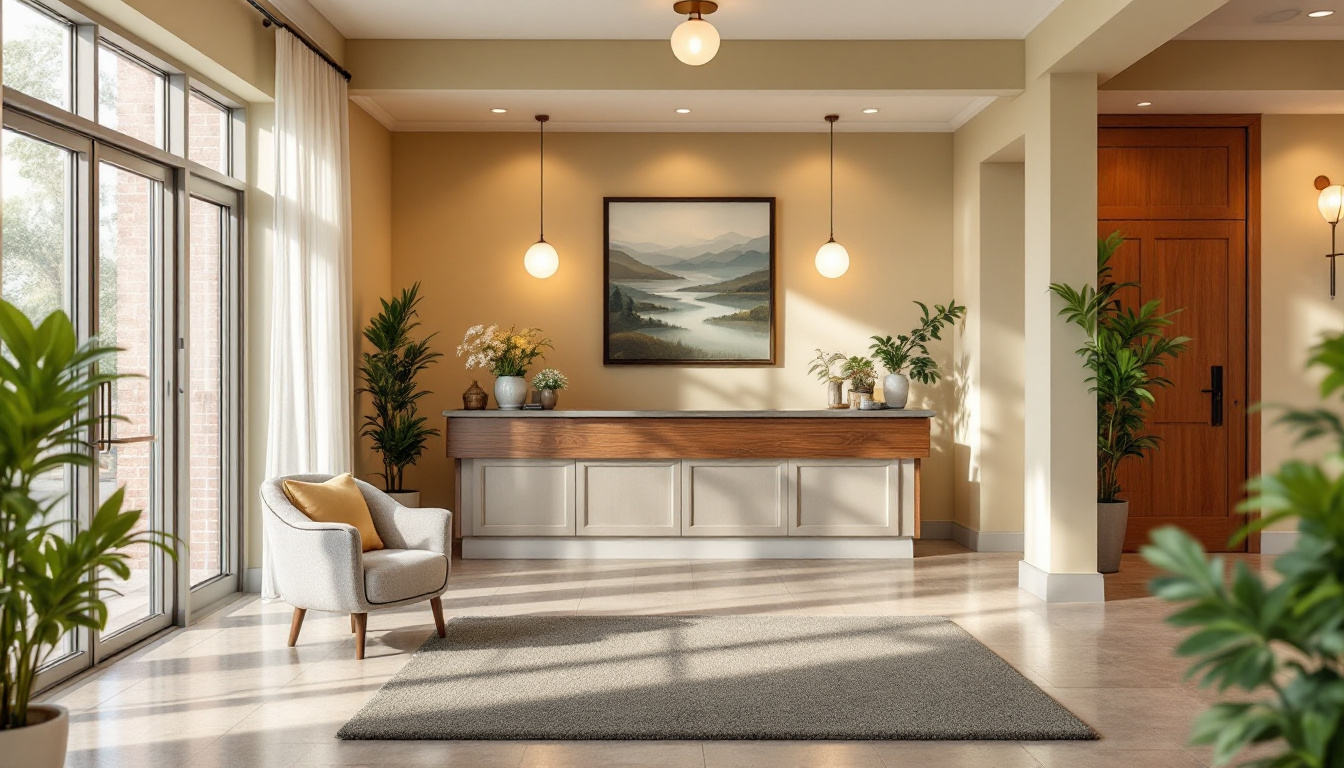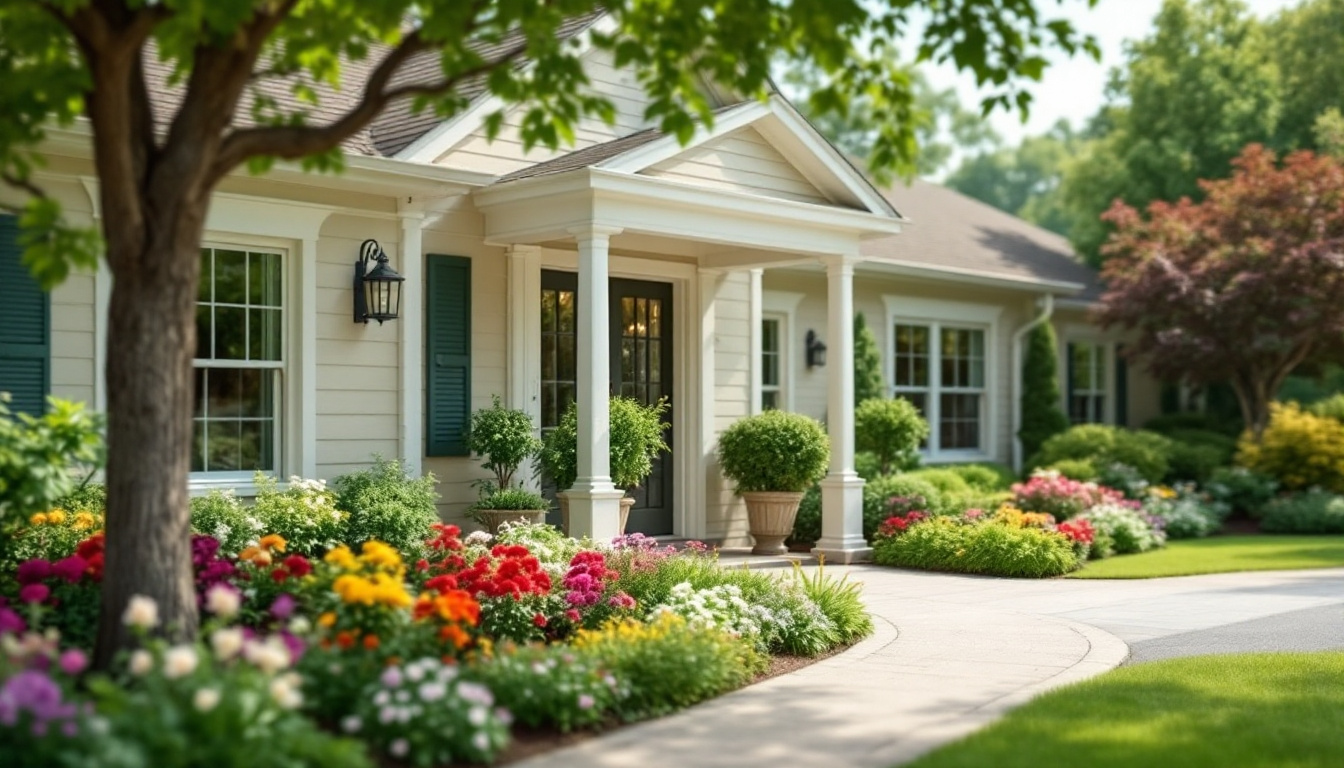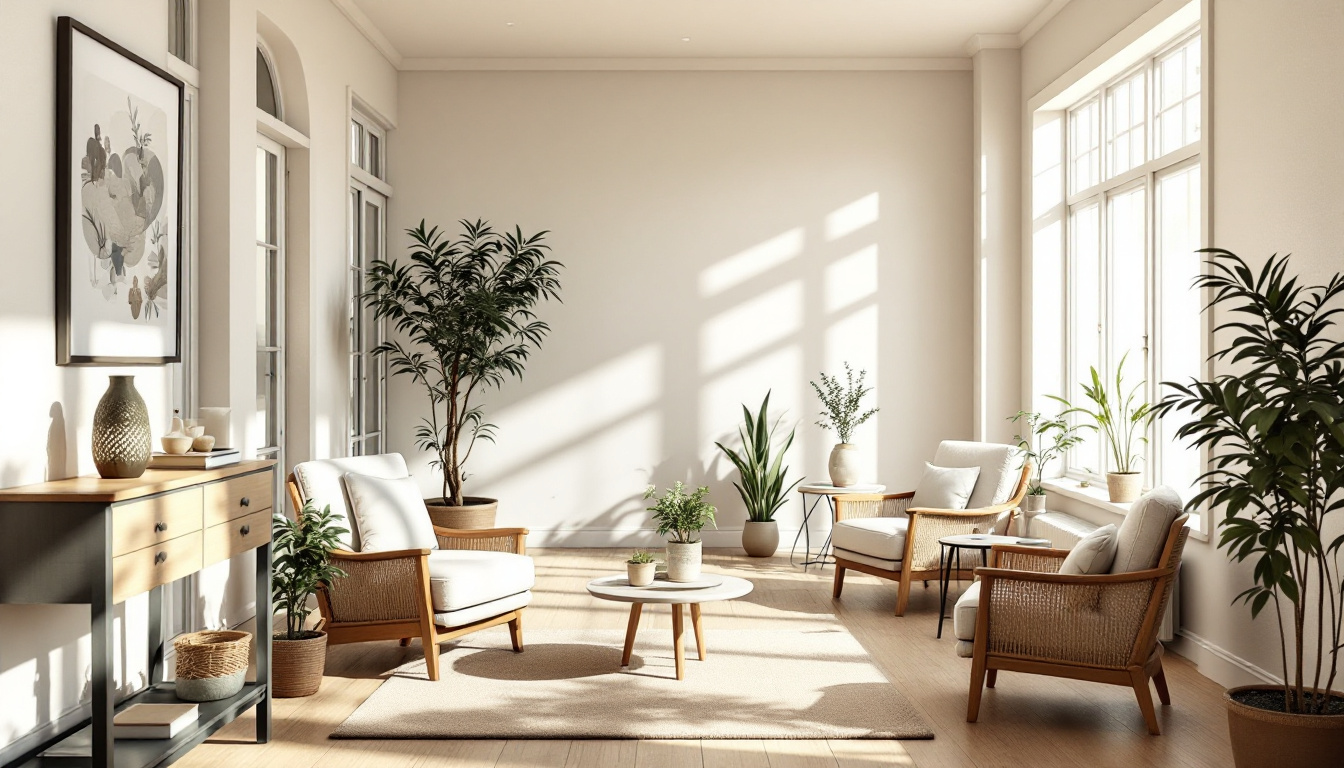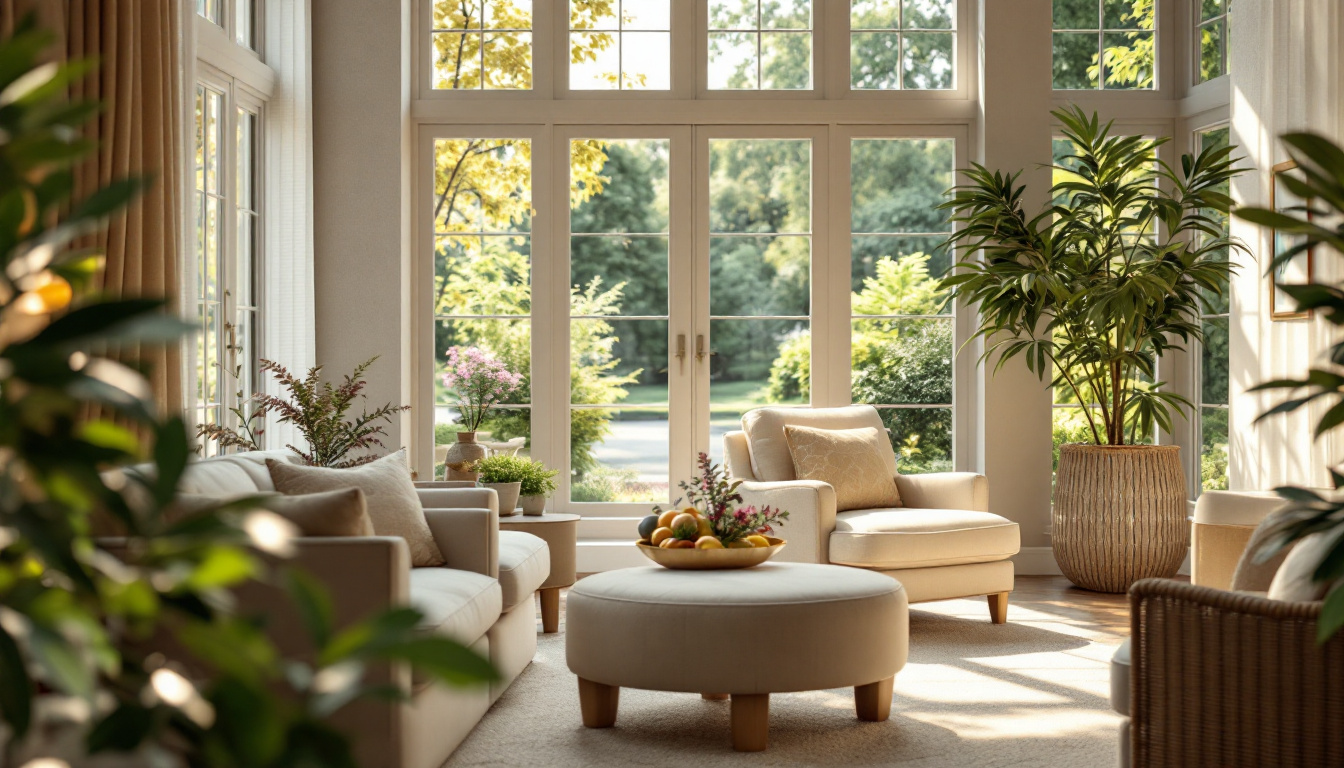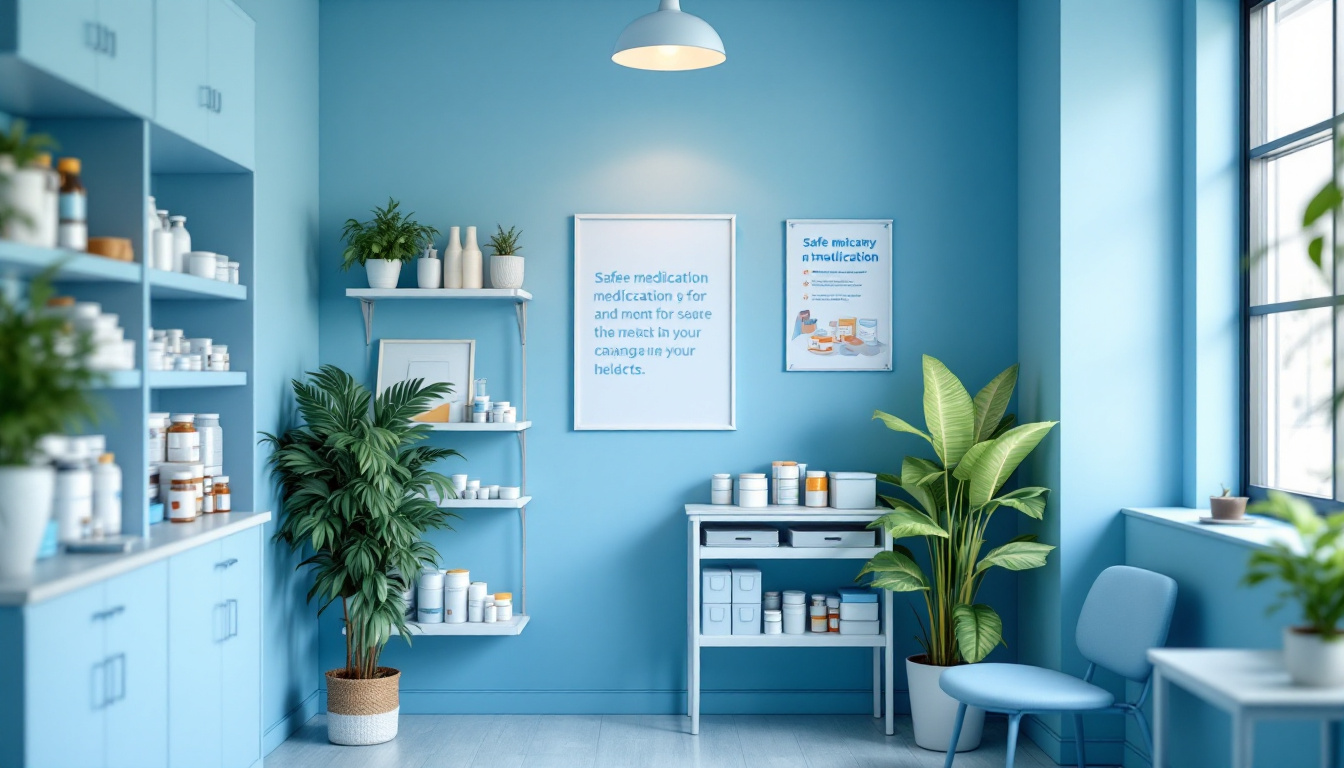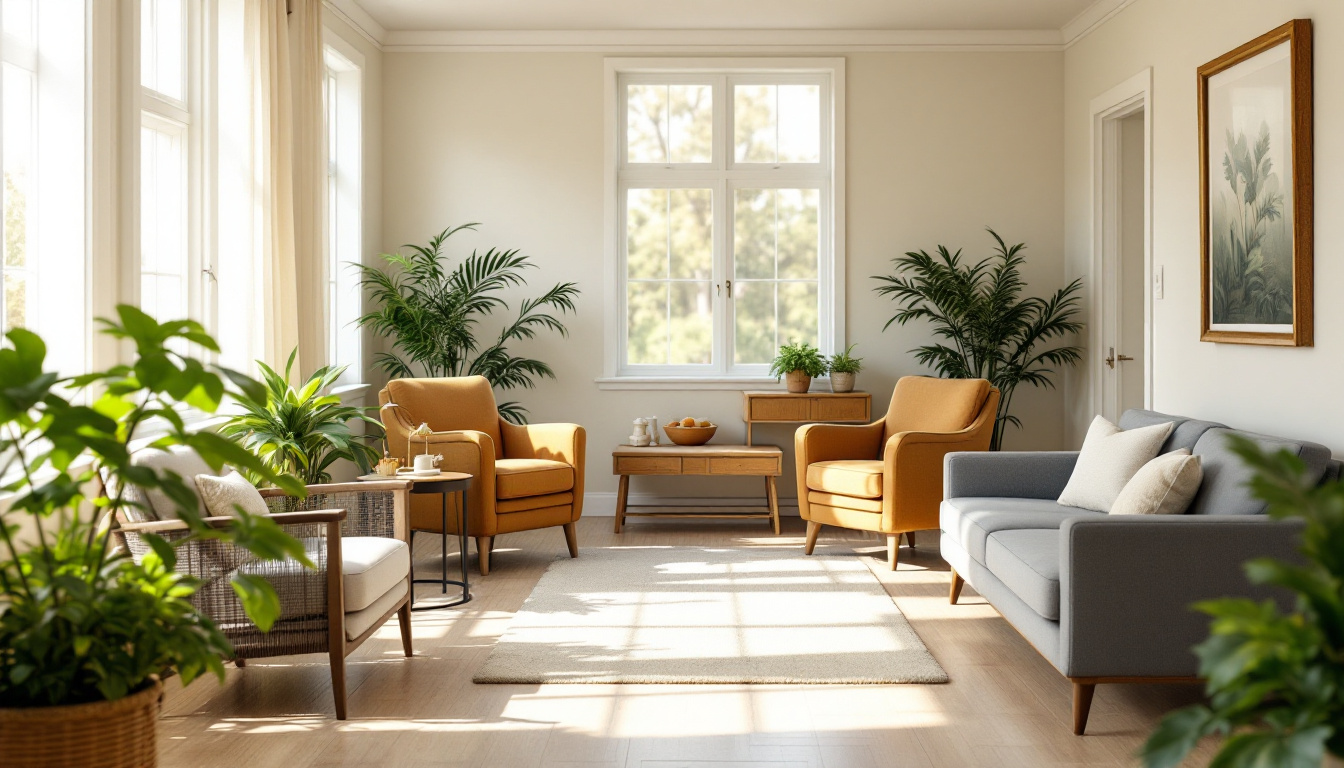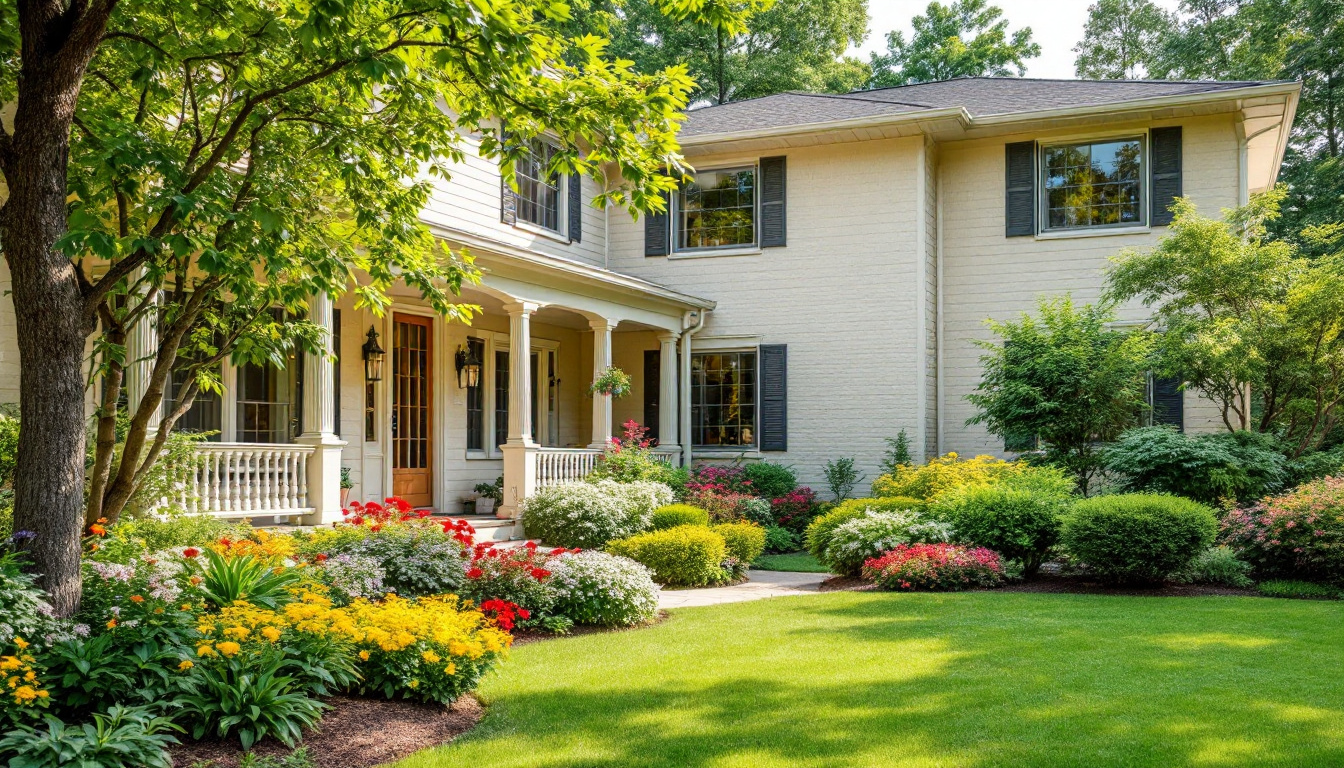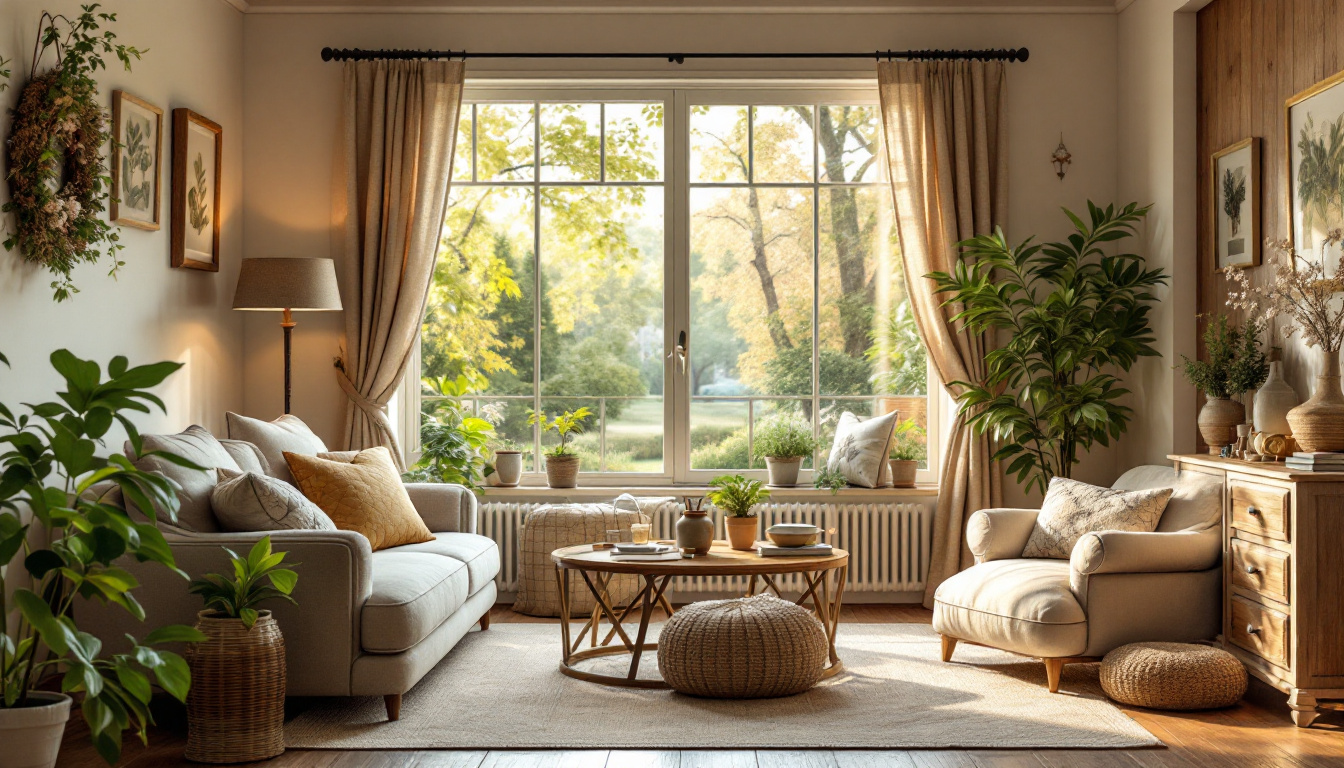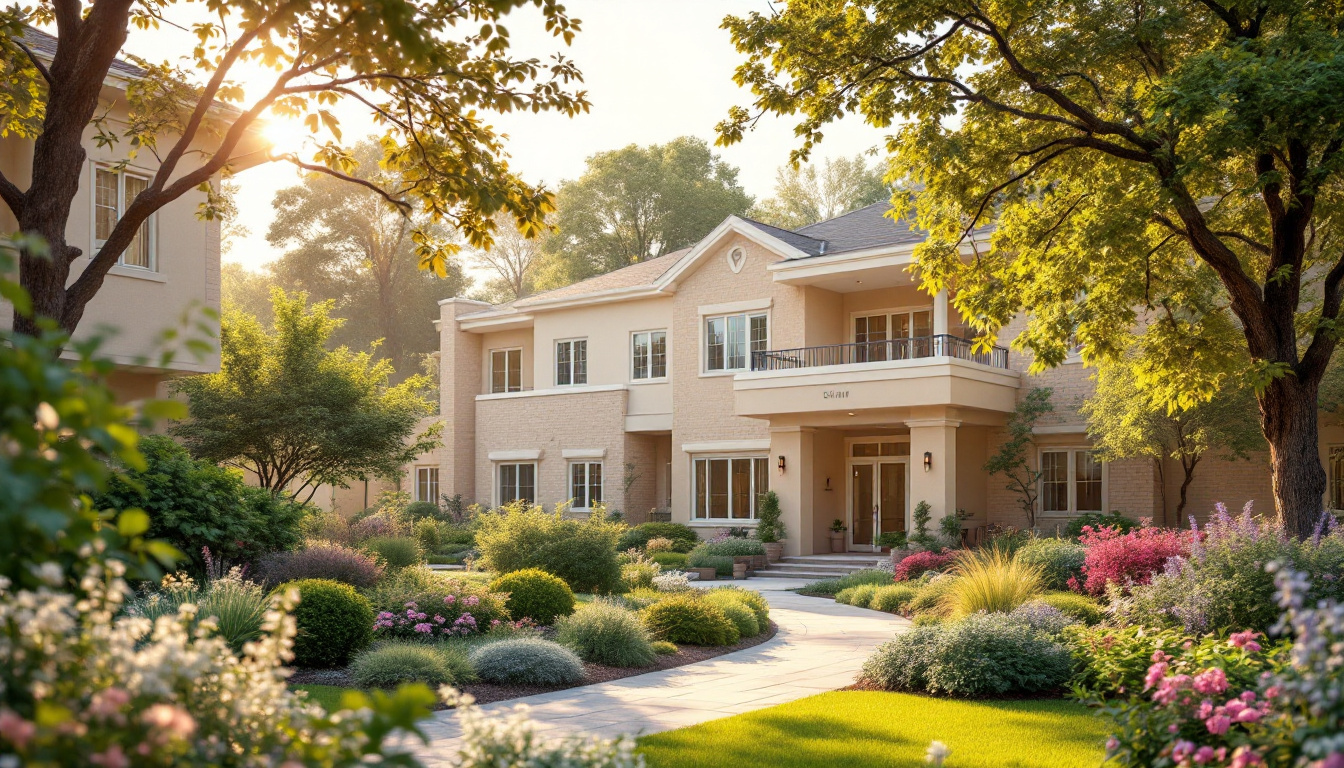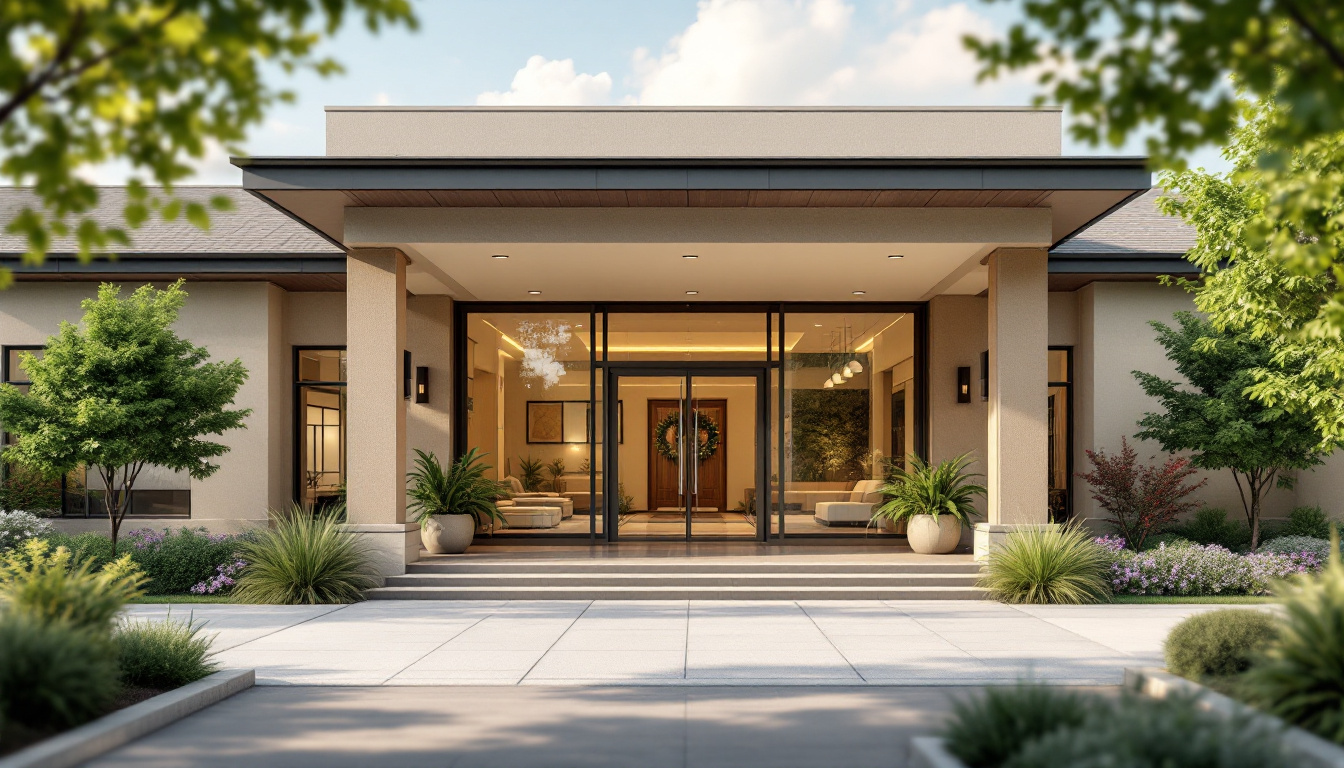How to Make Your Loved One’s New Senior Care Space Feel Like Home
Creating a Cozy Haven in a Senior Care Facility

Introduction
Transitioning a loved one into assisted living can be an emotional journey, for both the individual and their family. Making their new space feel like home is a crucial aspect of this adjustment. This guide offers practical strategies for setting up a comforting, personalized environment, thereby enhancing emotional well-being and easing the transition to assisted living.
Personalization: The Key to Comfort
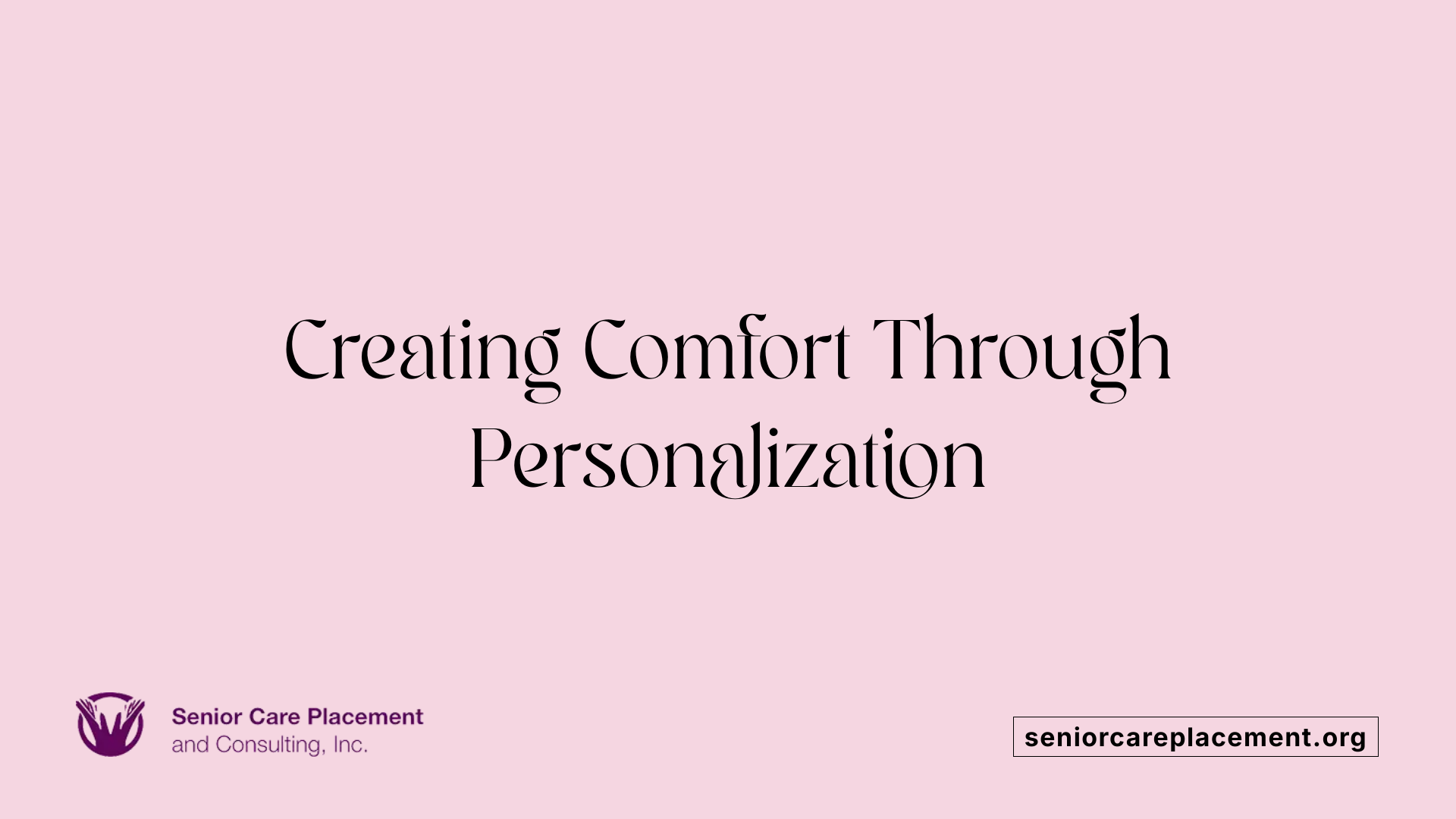
Incorporating Personal Items
To create a comforting environment in an assisted living space, start by incorporating personal items that resonate with the individual's life. Bring cherished decorations, such as family photos, favorite art, and meaningful memorabilia. This helps the resident connect to their past and feel more at home in a new setting.
Creating a Homely Atmosphere
Enhancing the new living space's atmosphere can significantly boost emotional well-being. Introduce soft textures with cozy blankets and cushions, and consider incorporating plants for a touch of nature and warmth. Familiar furniture pieces, like a beloved armchair or small tables, can reinforce a sense of ownership and comfort.
Choosing Colors and Textures
Selecting the right colors can dramatically impact how welcoming and soothing the environment feels. Warm colors like peach or neutral tones can create a cozy atmosphere, while soft blues and greens promote calmness. Textures also play a vital role; soft, inviting fabrics can enhance comfort, making the new space feel more familiar and engaging for the resident.
Tips for Making a Nursing Home Feel Like Home
To transform a nursing home into a homely environment, focus on personal touches. Residents are encouraged to bring items like favorite bedding, furniture, or decorative pieces that mirror their personal style. Engaging in familiar activities and hobbies not only fosters comfort but also aids in emotional well-being. Regular visits maintain connections with loved ones, crucial during this transition. Creating a memory box can evoke cherished memories and reinforce interpersonal ties in the new space.
Supportive Transition: A Step-by-Step Guide
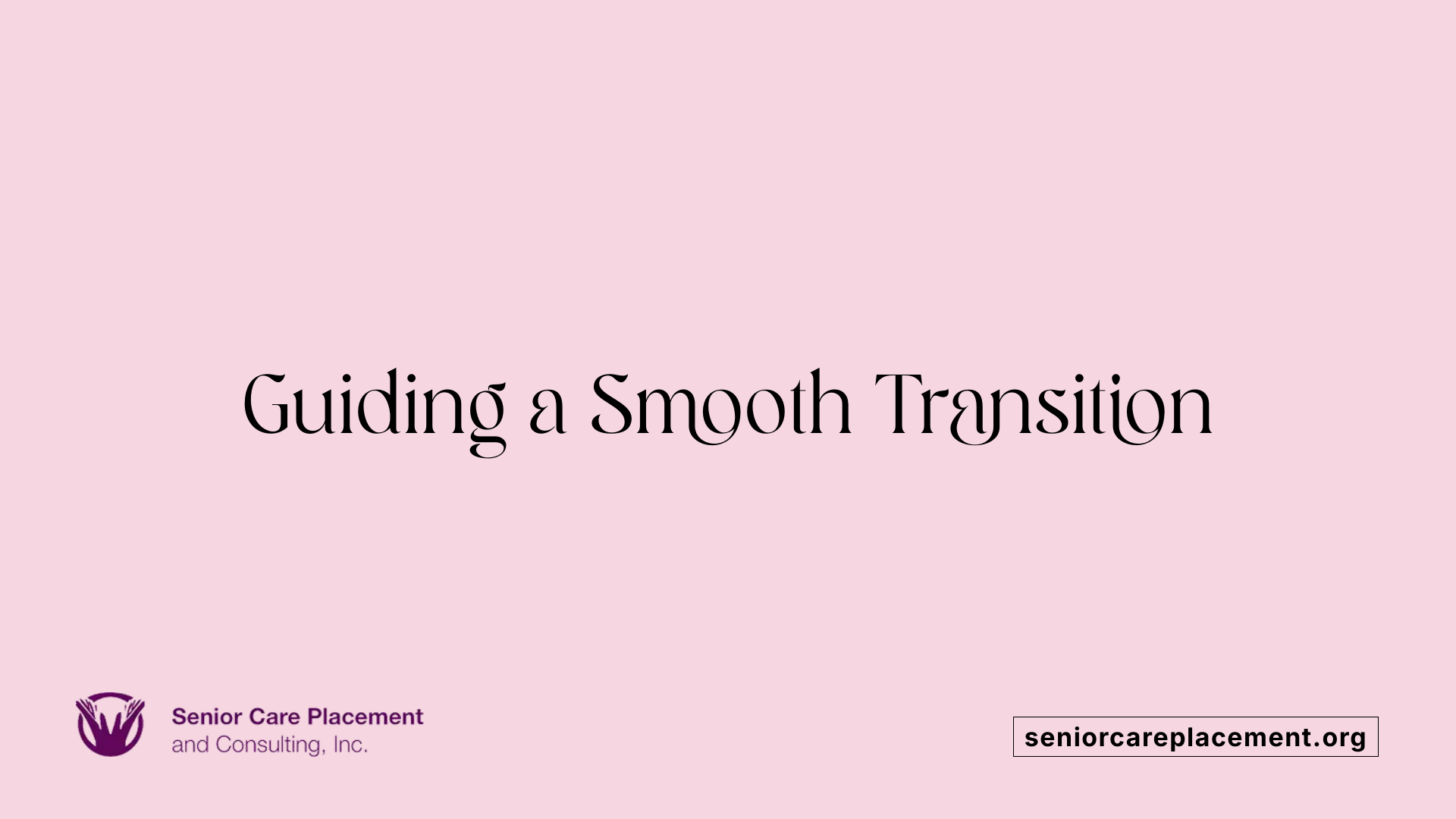
Managing the Emotional Transition
Transitioning to an assisted living facility can feel overwhelming for seniors. To support your loved one, acknowledging their feelings during this period is crucial. Understand that it may take several months to adapt, and give them the time they need to process their emotions. Regular communication about their concerns can help alleviate anxiety. Visiting often and engaging in familiar activities provides continuity and reassures them they are not alone in this journey.
Integrating Personal and Familiar Items
Personalization of the new space can significantly enhance comfort. Encourage your loved one to bring cherished items from home, such as favorite pillows, family photos, or special keepsakes. This helps create a feeling of familiarity amidst the new surroundings. Consider the color scheme and decor; soft, soothing colors can add warmth. Setting up a memory wall with photographs can spark joyful moments, fostering connections to their past.
Involving the Loved One in Decisions
Engagement in the transition process can empower your loved one. Involve them in choosing what furniture and items to bring, making sure they feel some control over their new environment. Discuss the layout and decorating ideas together, ensuring their preferences take priority. This collaborative approach not only eases their emotional burden but also reinforces their sense of identity in this new chapter of life.
Overall, a supportive, understanding approach, combined with personalization, can help your loved one transition smoothly into a nursing home.
The Power of Familiarity and Routine
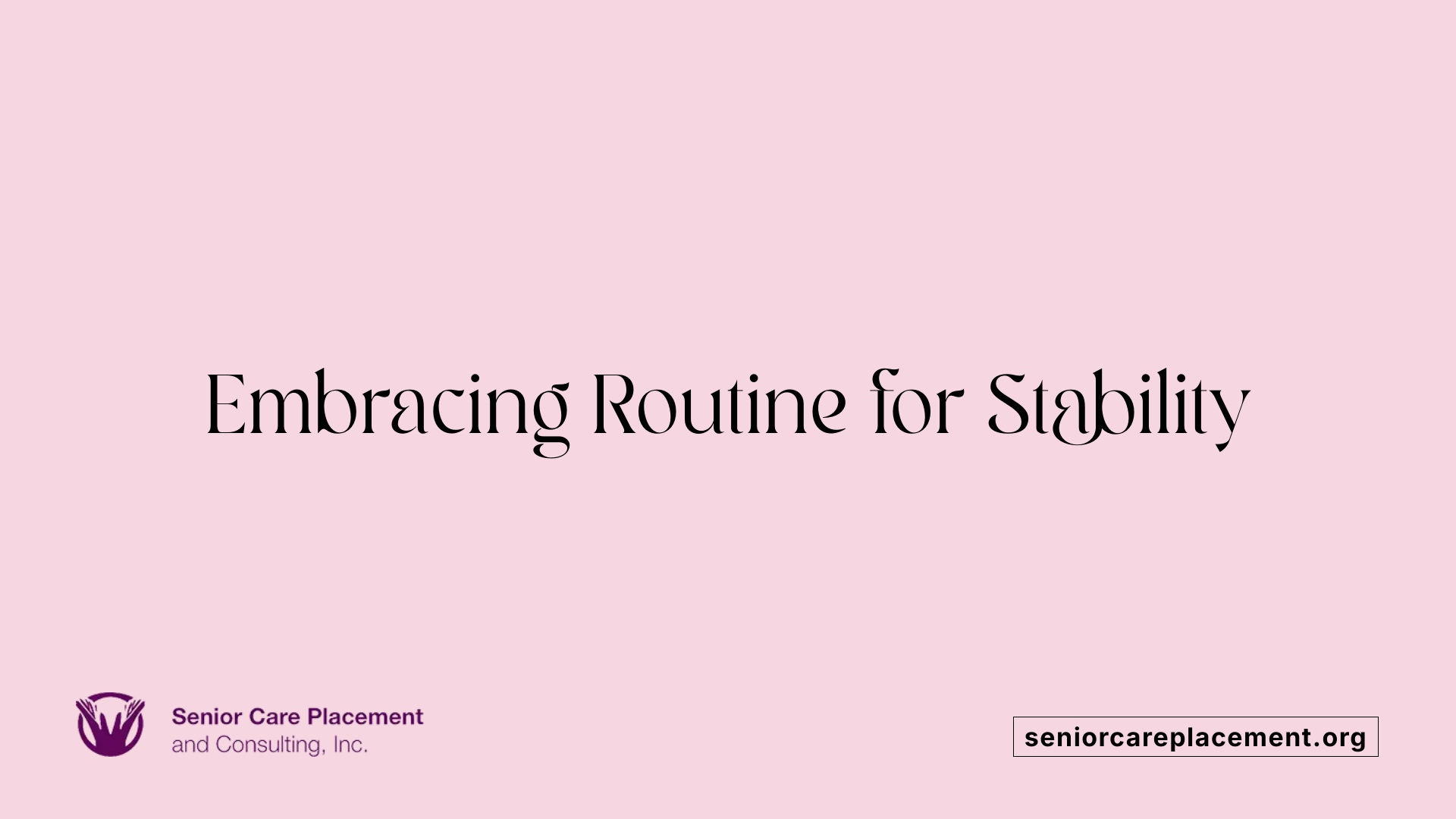
Establishing New Routines
Creating a new routine after moving to assisted living is key for comfort and stability. Familiarizing your loved one with the daily schedules, such as meal times and activity options, helps them integrate into their new environment. This seamless transition can enhance feelings of security and predictability, making the adjustment process smoother.
Maintaining Previous Habits
Encouraging the continuation of previously enjoyed activities or routines is vital. Whether it’s enjoying morning coffee at a set time or participating in favorite hobbies, retaining these habits can empower residents. They should be involved in selecting which activities to pursue, ensuring that their preferences are respected and promoted within the community.
Incorporating Personal Belongings
Personal belongings play a significant role in easing the transition. Bringing familiar items such as photos, favorite blankets, and personal decor can foster an environment where residents feel at home. Additionally, having these sentimental objects can spark conversation and help residents express their identity in their new surroundings.
In providing emotional support, caregivers should be present and attentive, understanding that the transition could be accompanied by feelings of loss or anxiety. They should validate these emotions and encourage independence while promoting social interactions. This balanced approach helps maintain connections while aiding in emotional adjustment.
Decorating and Designing for Well-being
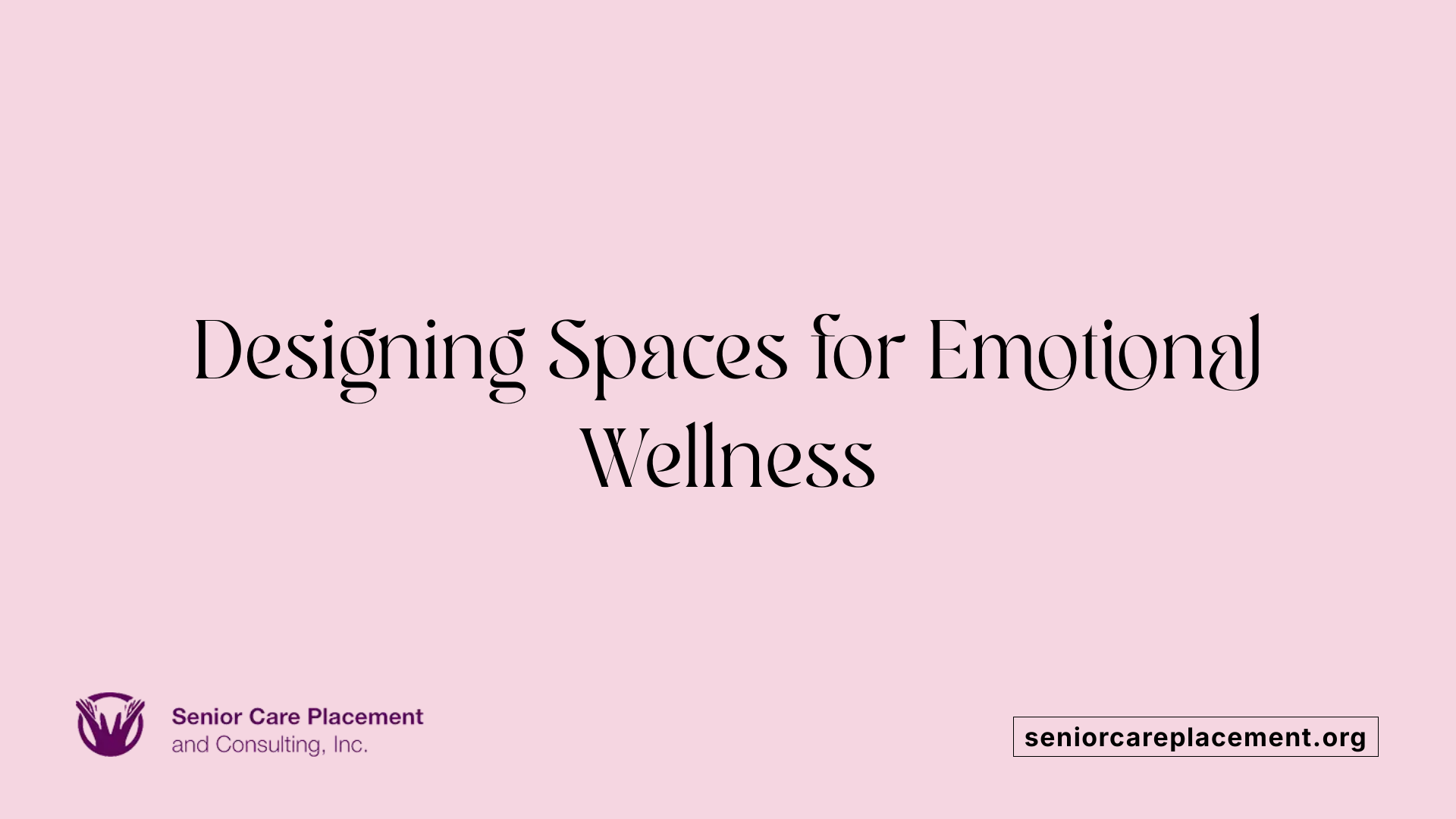
Selecting calming color schemes
Creating a comforting environment begins with the choice of colors. Calming shades like blue and green are often recommended for their soothing effects. Involving seniors in the selection process allows them to express their preferences, further enhancing their sense of ownership and comfort. Warmer colors like peach or soft yellows can also contribute to a cozy atmosphere.
Using textures and lighting for comfort
Incorporating soft textures, such as cozy blankets and plush throw pillows, provides warmth and comfort, particularly beneficial for seniors experiencing cognitive issues. Lighting plays a pivotal role as well; warm lighting can create an inviting ambiance, making the space feel more homey. Familiar bedding and soft furnishings can significantly enhance the comfort of their new living experience.
Organizing space with familiar furniture
Bringing beloved furniture items from their past residences can help ease the transition and create a sense of belonging. Planning the layout to maximize both functionality and comfort is essential. Using smaller, multi-functional furniture pieces can help in optimizing limited space while maintaining a personal touch, ensuring each item serves a purpose in their new home.
Social Engagement and Bonding in New Spaces
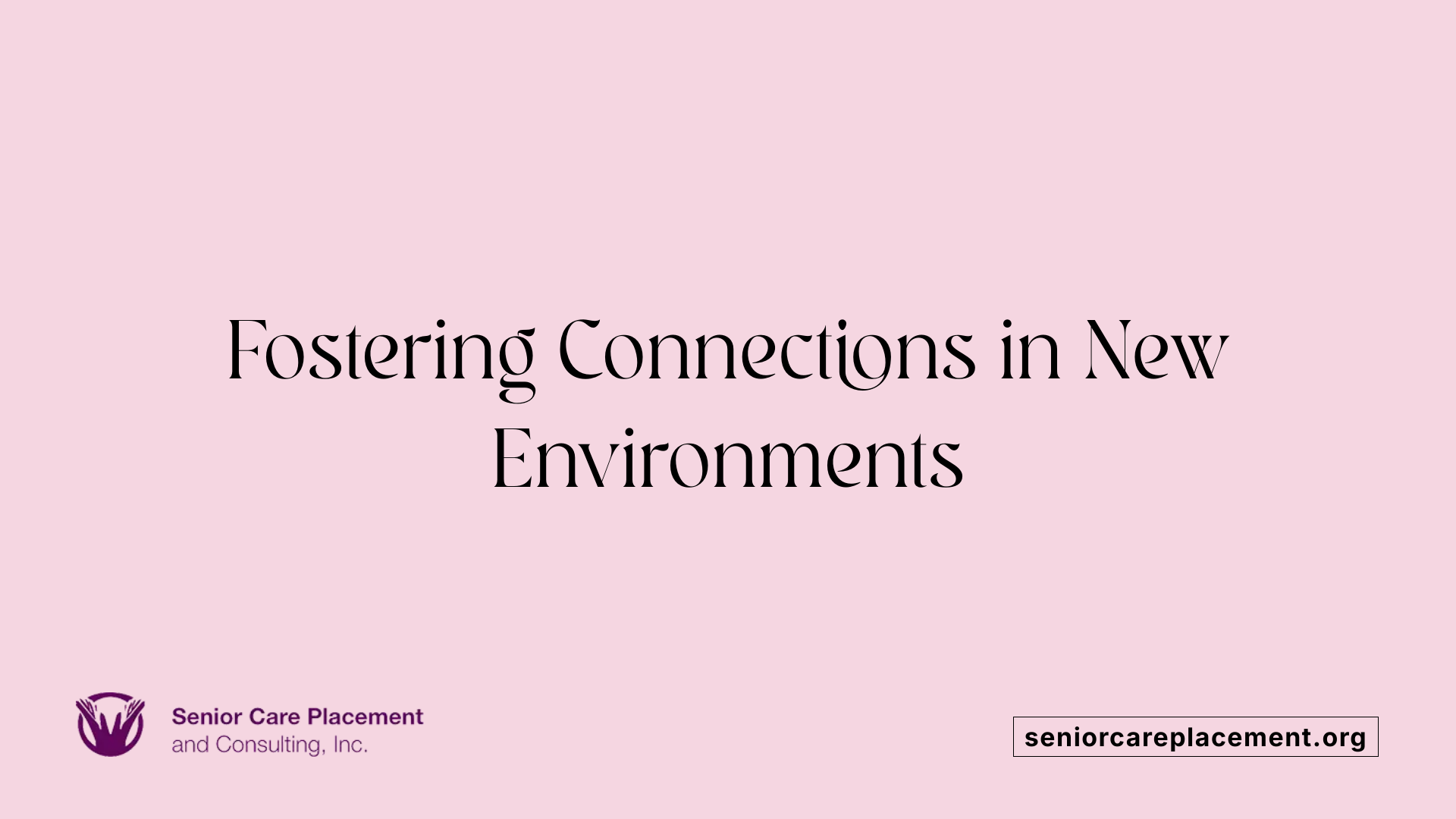
Building connections and friendships
Transitioning to assisted living can be a period of significant change, and fostering social connections is essential for emotional well-being. Encouraging your loved one to participate in community events, such as fitness classes or communal dining, can provide great opportunities to meet new friends. These activities not only promote social engagement but also help create a supportive network that enhances the sense of belonging.
Engaging with community activities
Assisted living communities often organize a variety of social activities tailored to residents' interests. Reviewing the activity calendar together can help your loved one look forward to upcoming events, making it easier for them to engage and connect with their peers. This participation is vital for building relationships and improving mental health, as it allows residents to share experiences and strengthen bonds.
Using technology to stay connected
Maintaining relationships with family and friends during this transition is crucial. Setting up digital photo frames or using mobile devices for video calls can bridge the gap and reduce feelings of isolation. Regular communication with loved ones provides emotional support, reinforcing the connection to their previous home and family, and offers reassurance as they adapt to their new living environment.
By encouraging these interactions and connections, your loved one will feel more at home and confident in their new surroundings.
Time, Patience, and the Journey to Adjustment
Understanding the adjustment period
The adjustment to assisted living can be a significant challenge for elderly individuals. Typically, it takes between three and six months to acclimate fully to a new environment. However, this timeline is flexible and can vary greatly depending on personal circumstances and emotional resilience.
Providing emotional reassurance
Elderly residents may experience feelings of loss, anxiety, and guilt during this transition. Frequent visits from family members serve as an invaluable source of emotional support. These interactions not only help alleviate feelings of isolation but also foster a sense of community. Encouraging conversations about their experiences and worries can further support their emotional well-being, helping them feel heard and understood.
Maintaining family connections
Fostering ongoing connections with family is crucial in easing the transition. Utilizing technology, such as scheduled video calls, can help maintain these relationships and strengthen bonds despite the distance. Surrounding seniors with familiar items from their past—like cherished photos or sentimental objects—can also provide comfort, reminding them of their identity and history, thus playing a vital role in the adjustment journey.
Essential Tips for a Smooth Transition
Packing and Organizing for the Move
Begin the downsizing process by encouraging your loved one to sort through belongings. Involve them in decisions about what to keep or let go, as this fosters a sense of control. Creating a well-organized packing list can streamline this process, allowing for a focused approach to choosing sentimental and essential items.
Creating an Efficient Moving Day Plan
Planning is key to a successful moving day. Utilize the floor plan of the new assisted living space to decide where items will fit. On the day of the move, pack crucial items into 'Open First' boxes—this includes bedding, toiletries, and favorite clothes—so that your loved one can feel comfortable right from the very first day in their new home.
Prioritizing Safety and Comfort in Layout
Ensure the new space is tailored to your loved one's needs. Take safety into account by checking for potential hazards like loose rugs or cords. Arrange furniture for easy movement, keeping frequently used items within reach. Adding familiar touches like favorite artworks or soft furnishings can enhance emotional comfort while promoting a sense of belonging.
| Task | Description | Tips |
|---|---|---|
| Sort belongings | Involve your loved one | Focus on sentimental items |
| Create a detailed plan | Use floor plans for layout | Label boxes for easy unpacking |
| Ensure safety measures | Check for tripping hazards | Arrange furniture for easy access |
Implementing these strategies will aid in making the transition smoother, supporting your loved one during this significant life change.
Conclusion
Making a new living environment feel like home for your loved one in senior care requires thoughtful attention to their personal history, preferences, and the emotional complexities of the transition. By integrating familiar elements and fostering a supportive environment, you can significantly enhance their sense of belonging and comfort, ensuring they thrive in their new surroundings. Remember, patience and empathy are your greatest allies in this journey.
References
- 5 Tips to Decorate a Senior Living Apartment So It Feels Like Home
- How to Make Your Loved One's New Home Feel Like Home
- Making an Assisted Living Apartment Feel Like Home - AgingCare
- 16 Ways to Make Care Home Rooms Feel Like Home - Lottie
- 6 Ways To Make Senior Living Spaces Feel Like Home
- 5 Ways to Help Your New Senior Living Community Feel Like Home
- How to Make Assisted Living Feel Like Home: Personalizing Your ...
- How to Make Assisted Living Feel Like Home: 4 Steps






